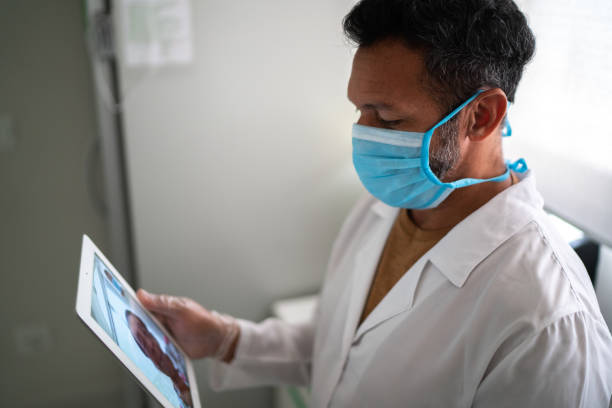The Role of Wearable Devices in Remote Patient Monitoring
In the dynamic world of healthcare, wearable devices have emerged as a powerful tool in the realm of remote patient monitoring solutions. This blog delves into the pivotal role played by these devices and how they contribute to the security of remote monitoring.

Remote Patient Monitoring Solutions: A Game-Changer in Healthcare
Before we explore the role of wearable devices, let's understand the evolution of remote patient monitoring.
Enhancing Patient Convenience
Reduced Clinic Visits: Remote monitoring allows patients to be monitored from the comfort of their homes, reducing the need for frequent clinic visits.
Real-Time Data: Patients' health data is continuously transmitted, enabling healthcare providers to make informed decisions promptly.
The Challenge of Security
Data Protection: Ensuring the security of patient data is paramount in remote monitoring, as sensitive health information is involved.
Compliance: Remote monitoring systems must comply with stringent security regulations to safeguard patient privacy.
The Crucial Role of Wearable Devices
Wearable Devices: The Link Between Patients and Healthcare Providers
Now, let's dive into the central theme of this blog—the role of wearable devices in remote patient monitoring.
Comprehensive Health Data
Continuous Monitoring: Wearable devices collect a wide range of health metrics, including heart rate, activity levels, and even sleep patterns.
Holistic Insight: These devices offer a holistic view of a patient's health, allowing healthcare providers to detect trends and potential issues.
Real-Time Communication
Instant Data Transfer: Wearable devices transmit data in real-time to remote monitoring platforms, ensuring that healthcare providers have access to the latest information.
Timely Alerts: In case of anomalies or critical changes in health data, healthcare providers are immediately alerted, enabling timely interventions.
Ensuring Security in Remote Monitoring
Protecting Patient Data: A Priority in Remote Monitoring
Now, let's address the critical aspect of security in remote monitoring, which is of paramount importance.
Data Encryption
Advanced Encryption: Remote monitoring systems employ robust encryption techniques to protect patient data during transmission and storage.
HIPAA Compliance: Adherence to the Health Insurance Portability and Accountability Act (HIPAA) ensures the highest standards of data security.
Access Control
Authorized Personnel Only: Remote monitoring platforms restrict access to authorized healthcare providers, preventing unauthorized personnel from accessing patient data.
Patient Consent: Patients have control over who can access their data, ensuring their privacy is respected.
Conclusion:
Wearable devices are driving the evolution of remote patient monitoring solutions, bridging the gap between patients and healthcare providers. By providing comprehensive health data and ensuring robust security measures, these devices are transforming the way we monitor and manage health. Consider partnering with Global Touch LLC to embark on a secure path towards better health, where your well-being is safeguarded every step of the way.



Comments
Post a Comment